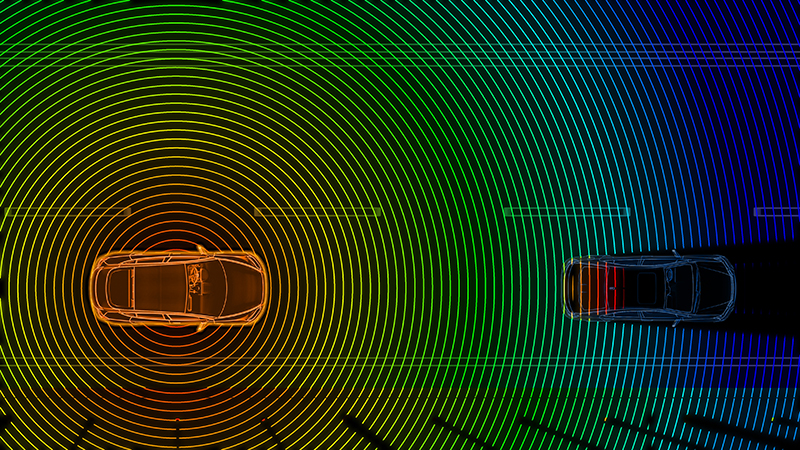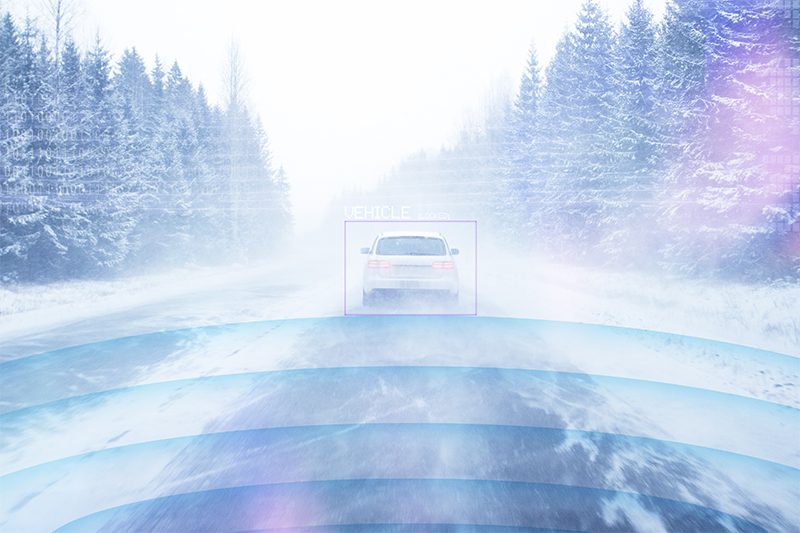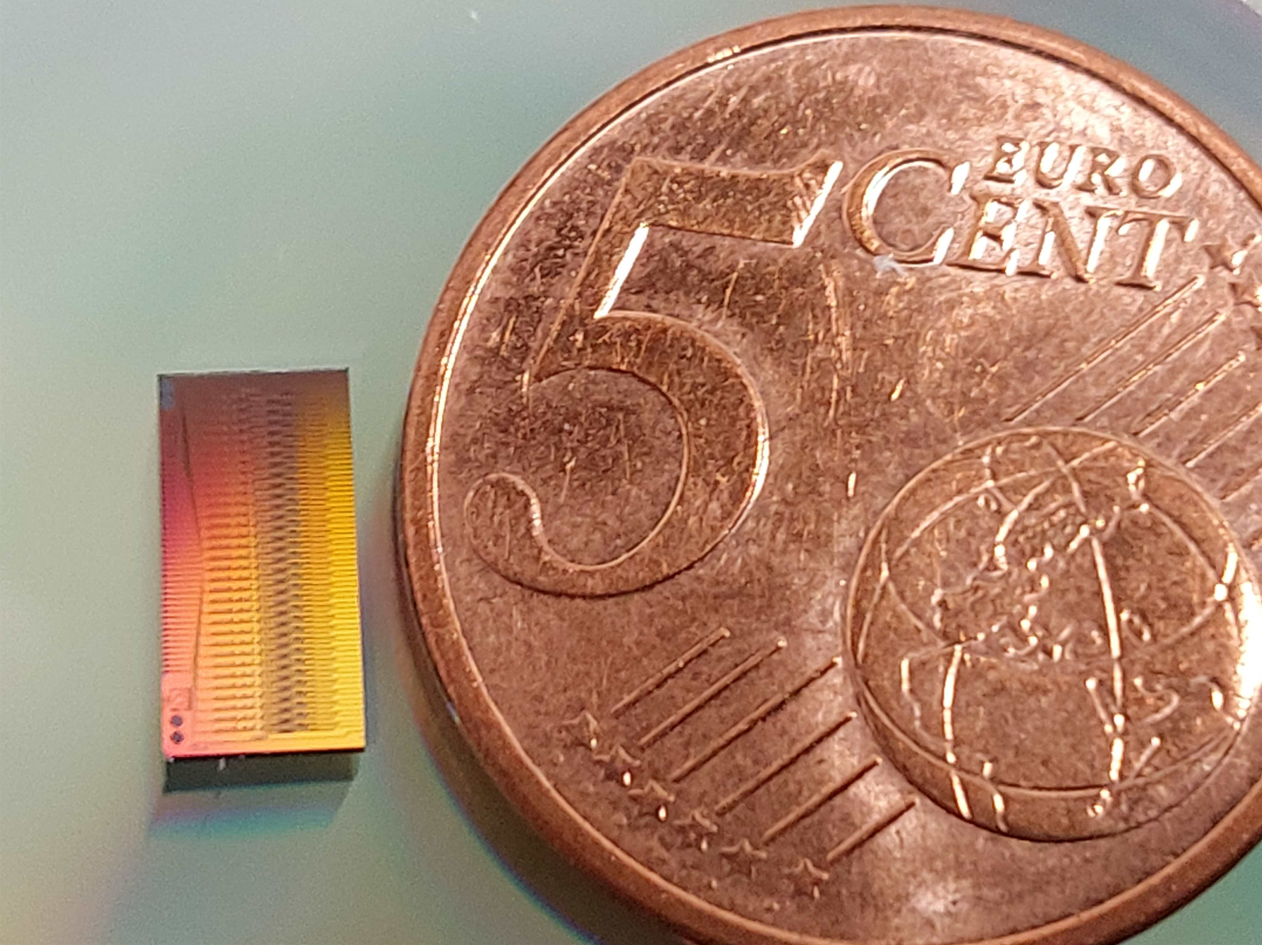
You are currently viewing a placeholder content from YouTube. To access the actual content, click the button below. Please note that doing so will share data with third-party providers.
More Information


You need to load content from reCAPTCHA to submit the form. Please note that doing so will share data with third-party providers.
More Information